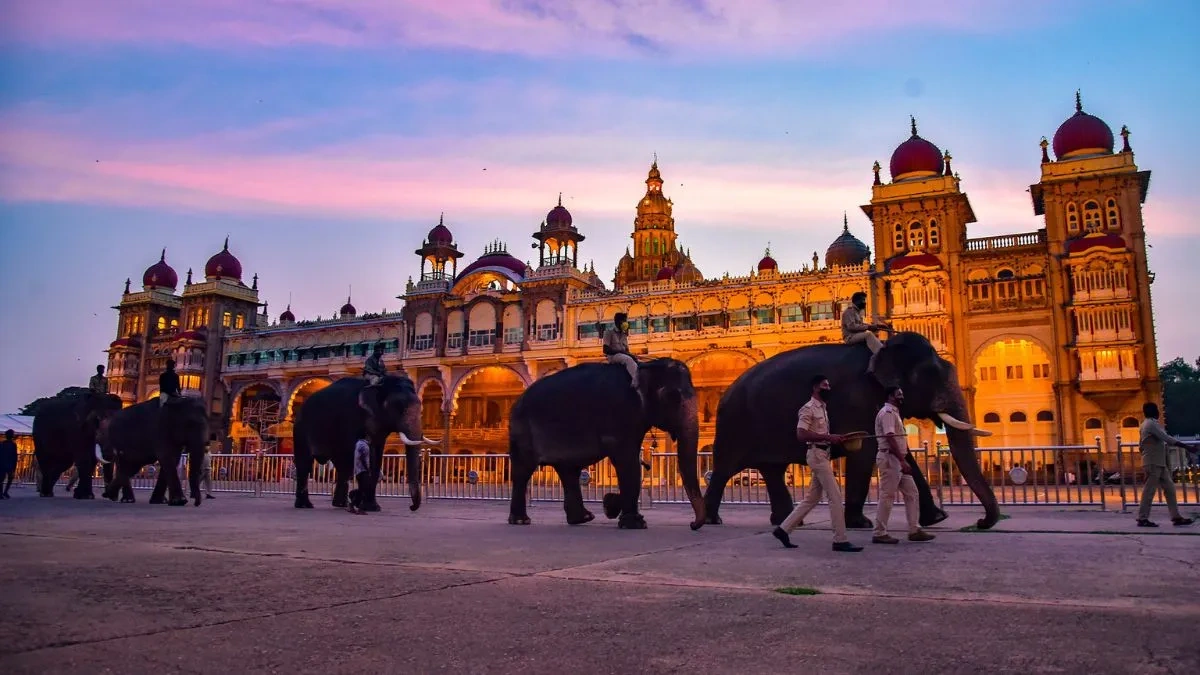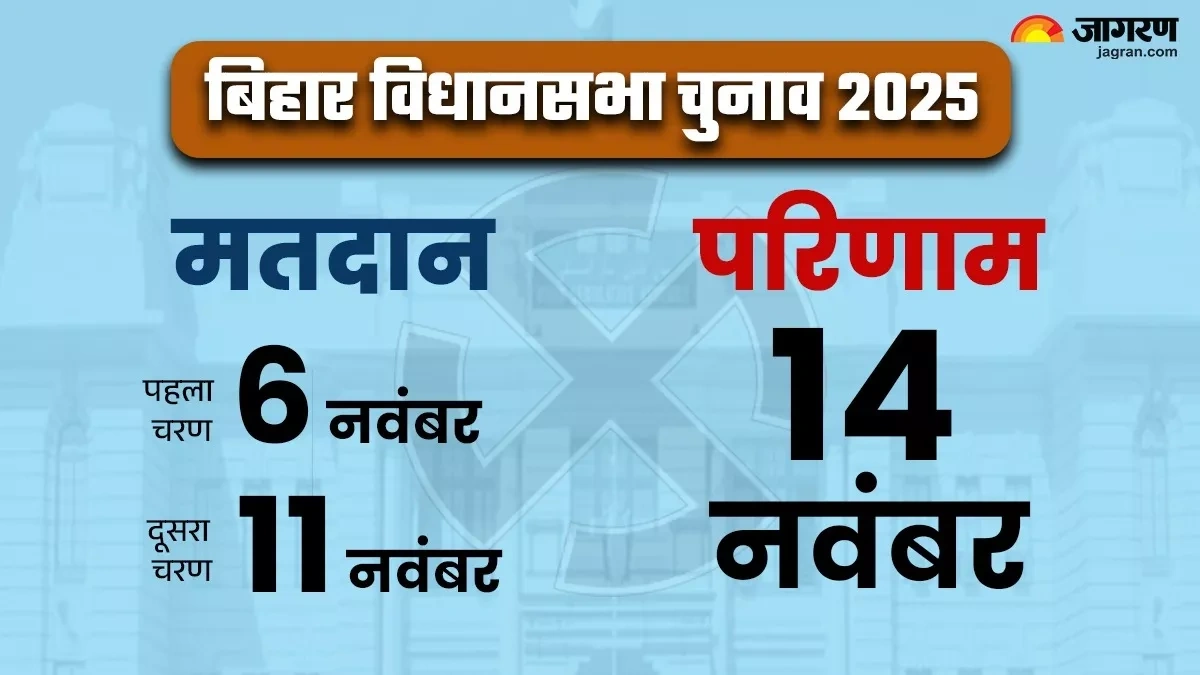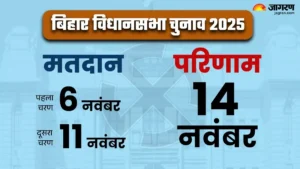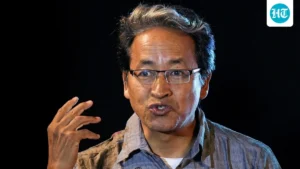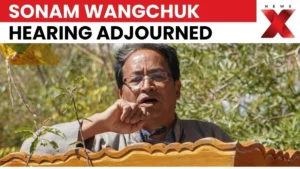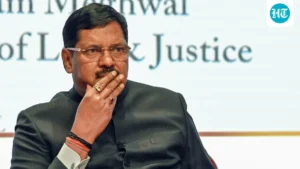Decoding the Grandeur | Why Mysore Dasara Still Matters Today
Mysore Dasara. The name itself conjures up images of caparisoned elephants, vibrant processions, and a city bathed in light. But it’s more than just a pretty picture, isn’t it? It’s a tradition stretching back centuries, a living testament to history, and a cultural extravaganza that draws people from all corners of the globe. But, let’s be honest, in today’s world of instant gratification, what’s the real significance of something so steeped in the past? Why does Mysore Dasara still capture our imagination, and why should you, sitting in front of your screen right now, even care?
That’s the question I want to explore. Forget the travel brochures and the predictable narratives. Let’s delve into the “why” behind the spectacle. Why does this particular festival hold such a special place in the hearts of so many? And what can it teach us about our own culture and heritage? We’ll explore the history, of course, but more importantly, we’ll uncover the threads that connect this ancient celebration to our modern lives. The cultural significance of Mysore Dasara is truly profound.
A Royal Legacy | More Than Just Parades
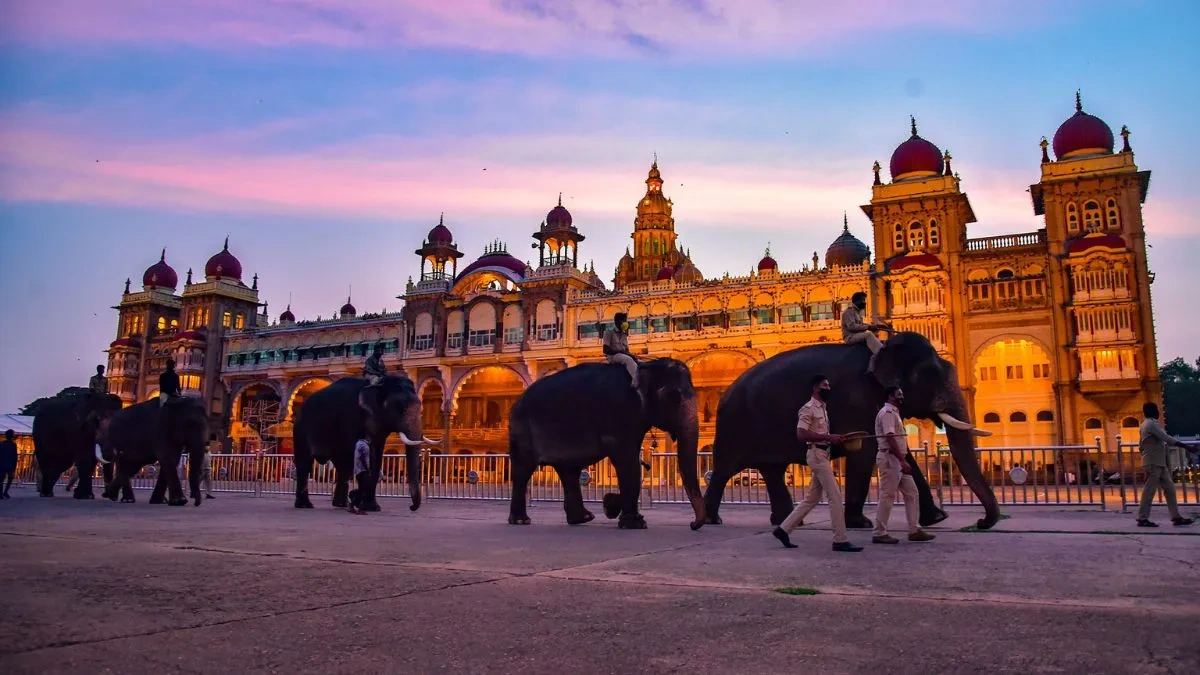
The story of Mysore Dasara is intrinsically linked to the Wadiyar dynasty. After the fall of the Vijayanagara Empire, the Wadiyars established their rule in the region, and in 1610, Raja Wadiyar I initiated the Dasara celebrations. But this wasn’t just a king throwing a party. It was a carefully orchestrated display of power, prosperity, and cultural patronage. It was about cementing their authority and showcasing the richness of their kingdom.
And here’s the thing: the traditions established centuries ago continue to this day. The Jamboo Savari , the grand elephant procession, is perhaps the most iconic image of Mysore Dasara. The Golden Howdah, carrying the idol of Goddess Chamundeshwari, atop the lead elephant, is a sight that simply takes your breath away. A common mistake I see people make is thinking that this is ‘just’ a parade. It’s a symbolic re-enactment of the goddess’s victory over evil, a reaffirmation of dharma, and a powerful visual representation of the king’s (now the state’s) commitment to protecting its people.
But it extends beyond the visual spectacle. The Dasara festivities also include traditional music, dance, and art forms. The Mysore Palace, illuminated with thousands of light bulbs, becomes a living canvas, showcasing the region’s artistic heritage. And this is where the ‘why’ becomes even more interesting. It’s not just about preserving tradition; it’s about nurturing it, breathing new life into it, and ensuring that it resonates with future generations. You can witness the grandeur and historical importance of Dasara celebrations each year.
Beyond the Spectacle | The Real Heart of Dasara
So, what makes Mysore Dasara different from other festivals? There are plenty of celebrations involving elephants and processions across India. What sets this one apart?
I think it’s the underlying sense of community and inclusivity. While the royal family (in its historical context) played a central role, the festival has always been a celebration for everyone. Farmers, artisans, musicians, dancers – all contribute to the festivities, and all are celebrated. It’s a reminder that a kingdom (or a nation) is only as strong as its people. The Mysore Palace illumination is a major draw, but it’s the people that give the festival its true soul.
And here’s where the emotional angle comes in. Think about it: For many, Dasara is a time for family gatherings, for reconnecting with loved ones, and for reaffirming their cultural identity. It’s a chance to escape the everyday, to immerse themselves in tradition, and to feel a sense of belonging. In an increasingly fragmented world, that’s a powerful draw. And that’s why, even for those who don’t participate directly in the festivities, the spirit of Dasara resonates deeply.
The Modern Relevance | Dasara in the 21st Century
Of course, no tradition remains static. Mysore Dasara has evolved over the centuries, adapting to changing times and societal shifts. What fascinates me is how it manages to retain its core essence while embracing modernity. The administration ensures the smooth organization of Dasara events . The latest technologies are used to enhance the experience, from online ticketing to live streaming of events.
But the real challenge, in my opinion, is ensuring that the festival remains relevant to younger generations. How do you make a centuries-old tradition appealing to a generation that’s constantly bombarded with new experiences and digital distractions? The answer, I believe, lies in highlighting the festival’s deeper meaning: its emphasis on community, its celebration of art and culture, and its reaffirmation of values like dharma and righteousness.
Furthermore, promoting sustainable tourism around the festival is crucial. Showcasing local crafts, cuisine, and traditions not only enriches the visitor experience but also supports the local economy and helps preserve the region’s unique cultural identity. Handloomand handicrafts get a major boost during this time.
Dasara | A Reflection of Ourselves
So, what’s the ultimate takeaway? Why does Mysore Dasara still matter today? It’s not just about the elephants, the lights, or the processions. It’s about something far more profound. It’s a reminder of our history, a celebration of our culture, and a reaffirmation of our values. It’s a chance to connect with our past, to celebrate our present, and to build a better future.
And in a world that often feels chaotic and uncertain, that’s a message worth embracing. It’s a celebration of the triumph of good over evil. The cultural programs during Dasara are a great way to witness the traditions. So next time you see a picture of the illuminated Mysore Palace or hear about the Jamboo Savari, remember that you’re witnessing more than just a spectacle. You’re witnessing a living, breathing testament to the enduring power of tradition. It is important to understand the rituals and traditions of Mysore Dasara .
Ultimately, Mysore Dasara is a mirror reflecting the values, beliefs, and aspirations of a community. As the Dasara festivities approach, consider how you can imbibe the spirit of unity, reverence, and celebration in your own life. After all, festivals like Dasara are not just events; they are opportunities for personal and collective growth. The local economy gets a major bump because of the increased tourism during Dasara .
FAQ About Mysore Dasara
What are the main attractions of Mysore Dasara?
The Jamboo Savari (elephant procession), the illumination of the Mysore Palace, and the various cultural programs are the main highlights.
When is Mysore Dasara celebrated?
It’s a 10-day festival, starting with the first day of Navaratri and culminating on Vijayadashami.
What if I want to witness the Jumbo Savari?
Plan in advance as it is a major attraction! Ensure you arrive early to secure a good viewing spot along the procession route.
What is the significance of the Golden Howdah?
The Golden Howdah carries the idol of Goddess Chamundeshwari and symbolizes the triumph of good over evil.
Are there any special rituals performed during Dasara?
Yes, many traditional rituals are performed at the Mysore Palace and Chamundi Hills, including special prayers and offerings to the deities. Local traditionsare observed during the festival.
